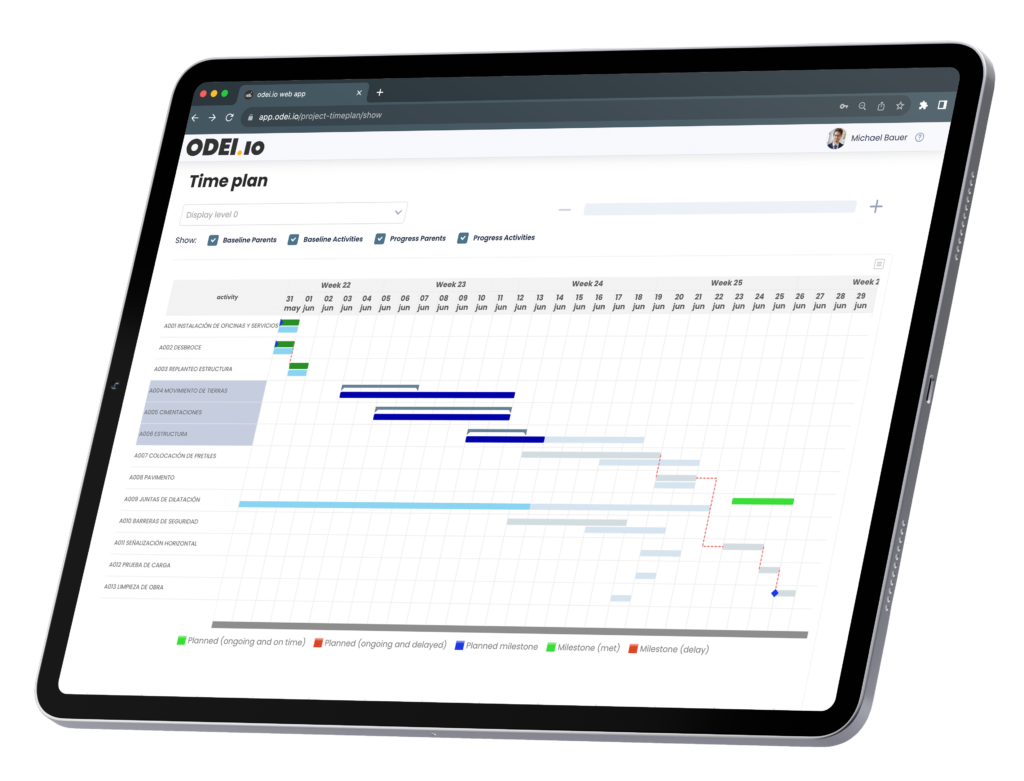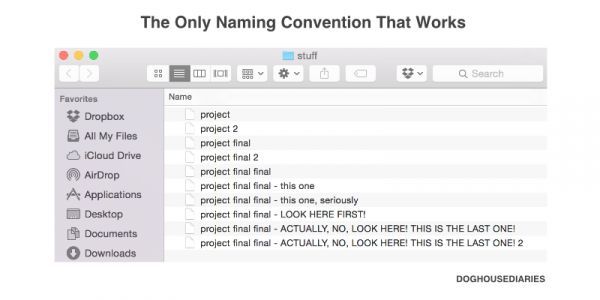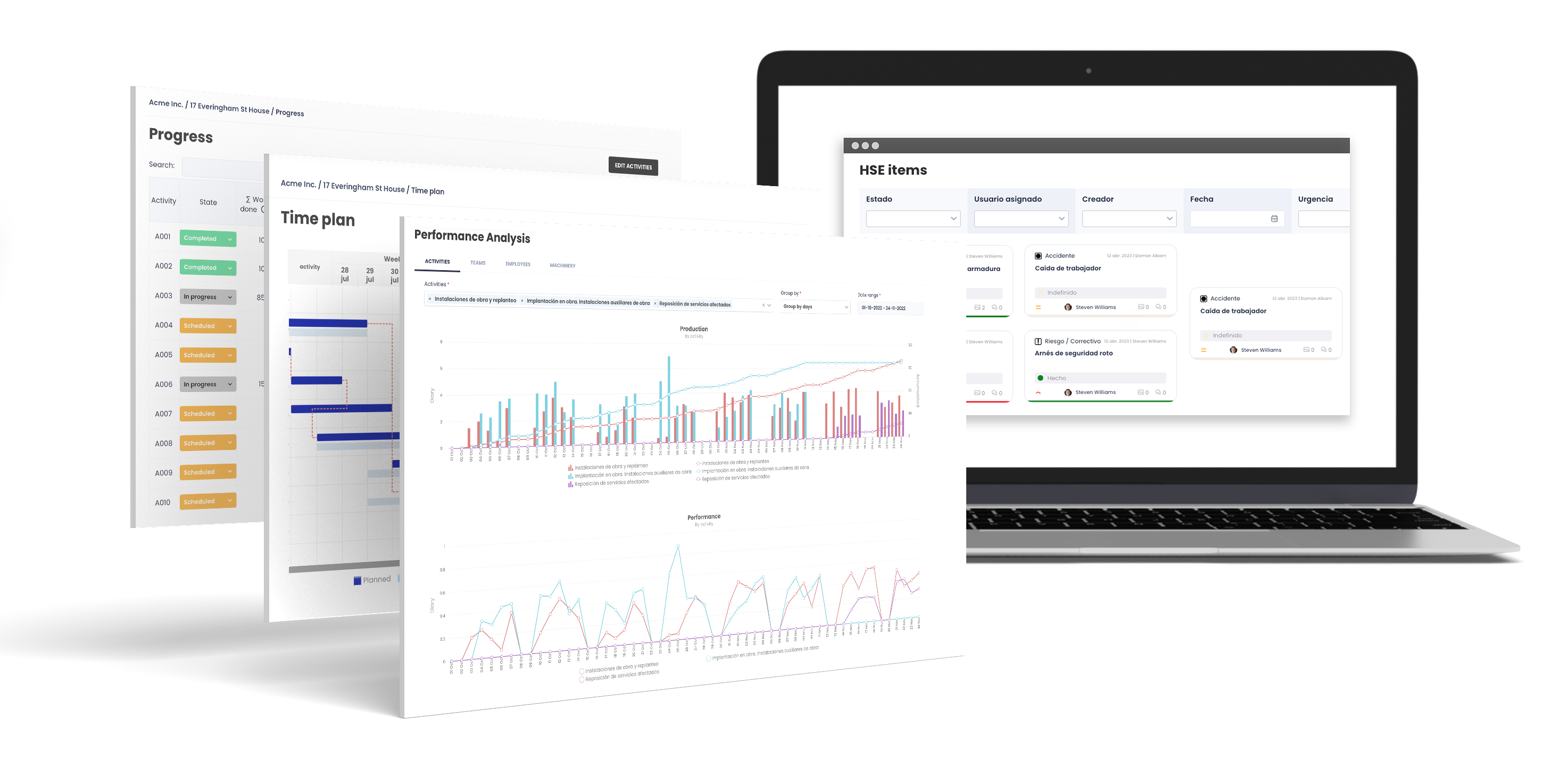News, learnings and key aspects on the digital transformation of the construction industry.
Hi! This is Javier Garmendia, enthusiast about construction, project management and digitalisation of the built environment.
We are starting this series of entries with the only purpose of distributing knowledge, sharing our learnings and all the cool stuff happening globally.

We hope you find this free knowledge valuable and helpful for your journey into the digital transition.
This week on conTech 101·x
New tech_
Meet the new stakeout robot by HP
Tech giants join the contech race. Released earlier this year, HP has developed an autonomous robot to help construction companies and subcontractors layout floor plans into the terrain.

The robot is fed with stakeout data and as simple as it sounds, it autonomously prints out the geometries into the field.
A true revolution that plans on eliminating thousands of stakeout hours.
Construction problems_
Why do construction projects suck at planning?
Project managers and production managers struggle a lot with scheduling. For some reason, most construction projects (regardless of their complexity) lack a solid planning, or an updated schedule, or a schedule that at least one person looks at.
But at the same time, scheduling is the cornerstone of project management, the one discipline that establishes control of time (and of course, indirectly, or sometimes directly, money).
Without planning, the project risks:
Missing milestones; by simply forgetting them.
Skipping milestones by the incapacity to meet deadlines. Happens when we get too close to a milestone and not even an acceleration enables reaching the target.
Poor coordination of own resources or inefficiencies when allocating machinery or people.
Poor subcontractor coordination, additional expenses and compensations.
Materials not arriving on time, or too early. Risking both the delay of an activity or exposing the project to overstocking, theft, etc.
Ignorance. The big enemy. Not knowing how the project is doing, the progress to time-spent ratio.
General inefficiencies. Inability to optimise schedules, shorten critical paths and optimise in the space-resources spectrum.
But being planning such a relevant discipline, why are we so bad at it?
Let’s deep dive into the reasons why scheduling sucks in worldwide construction projects:
Lack of time to plan. The BIG excuse. Buried on last-minute issues and fires to fight, managers tend to focus on urgent rather than on important. Planning (properly done) is left behind.
Uncertainty on scope. Project managers unbothered by estimating the total works to be carried out.
Key information missing. Often managers rely on information from subcontractors and other specialised contractors. This makes scheduling very subcontractor dependant.
Focus. Planning is boring, it is more fun to go onsite and look at the tiny technical details of an irrelevant task. Project managers often are technical people that have been promoted. Since planning is boring and it is more satisfying to geek out on technical discussions, planning is left aside, out of focus.
Missing the long term. Managers would say that everything is planned, while the long term is a big black box of uncertainty.
Dynamism. In construction, there are so many dependencies on others that changes are unavoidable. Managers tend to shield themselves from proper planning using dynamism as an excuse. The truth is, uncertainty has to be dealt with, will never disappear.
Lack of knowledge or specific education to plan. Planning is a craft, and must be mastered. Meanwhile, it is hardly learnt in schools. There are methods, processes and tools to make the planning systematic and professional; but these are hardly applied by managers.
It is difficult. Let’s not forget. Projects are complex, with many activities and dependencies. Planning properly demands skill and experience.
Takes time. It really does. If you believe you can plan a 10M€ project in one afternoon you are wrong. It takes lots of analysis, long term view and talks to setup a proper baseline.
That pessimistic scene being laid off, we can look into some ways of improving the planning without firing your managers.

Ways of improving the planning in your projects
Use a planning tool. Excel is fine, but it’s also, not. It lacks basic functions like dependencies, being collaborative (in a safe way), being structured, being prepared for that. It is true that it is extremely flexible; but don’t be mistaken, this does you no good.
Plan in levels. There are tools that allow you to plan in levels. This is key, for instance, keeping a very general planning and integrating detail levels under that. Each level includes more detail but also is more difficult to generate. Perhaps you only need the full detail of upcoming activities, right?
Invite your team and key people to plan. There are collaborative tools to plan simultaneously on the cloud.
Get assistance. Why not using data from other projects to estimate durations or dependences?
Get a tool that is strict on the planning, a tool that follows the best practices and helps you implement them.
Planning needs followup. If your tool of choice allows for progress followup, much better. You will get exponential value out of it and it will become easier to implement good planning methodologies.
If you are in need of some further reading on tools that can help you plan better, you can read up more here.
Keys to digitalisation_ the budget
Might seem obvious but here is some reminder that the key to digitalisation is to have a budget, even if slim.
In construction, it is frequent that projects demand a very independent organisation from the corporate structure. While the company might have a budget for tools and innovation; projects don’t.
This generates a great barrier when it comes to taking independent digitalisation decisions at project level. Projects need to also have an independent money allocation to productivity tools.
101 tips_ the document name
In this newsletter I wanted to share one tip that has worked great in organisations where I have been part of.
Having a team working on a shared folder is great, leads to great efficiency, single source of truth and has many other advantages. However, it can also be messy if the team is not thorough.

End your document names in this format instead: “documentName_specificationX_20230923”.
It automatically helps you manage versions and quick look at the latest updated version of the same document.
Let us know what you think!
What digitalisation is about…
Online chemical lists updated in real-time and available onsite.
This last section is dedicated to success digitalisation stories.
In our client’s project in Sweden, it is mandatory to display the chemical list onsite. However, this list updates every day; resulting in lots of errors and administrative work.
We have deployed online chemical lists updated in real-time.
The scanning of the QR code onsite takes the user to a database synched on the cloud that contains all records for used chemicals and all their details.

I hope you enjoyed your weekend reading and I’ll see you in two weeks!
You can help your organisation digitalise by recommending this article to your colleagues. Let’s grow!
odei.io | Start building better.









